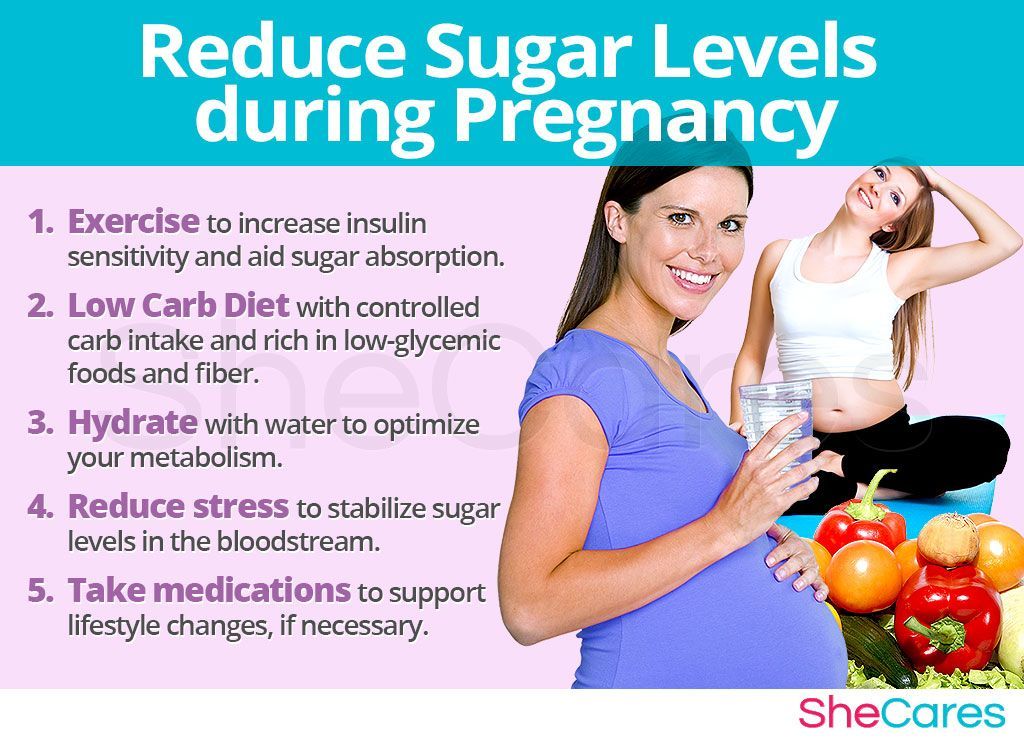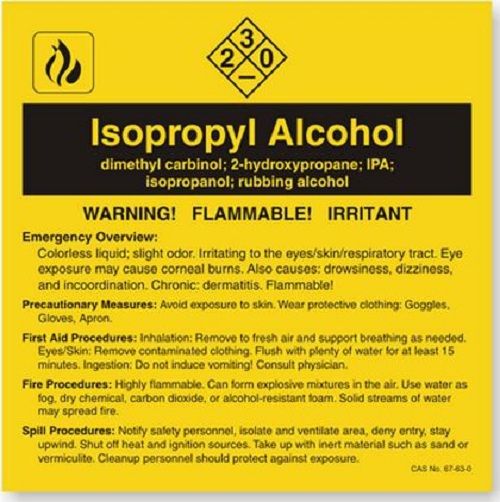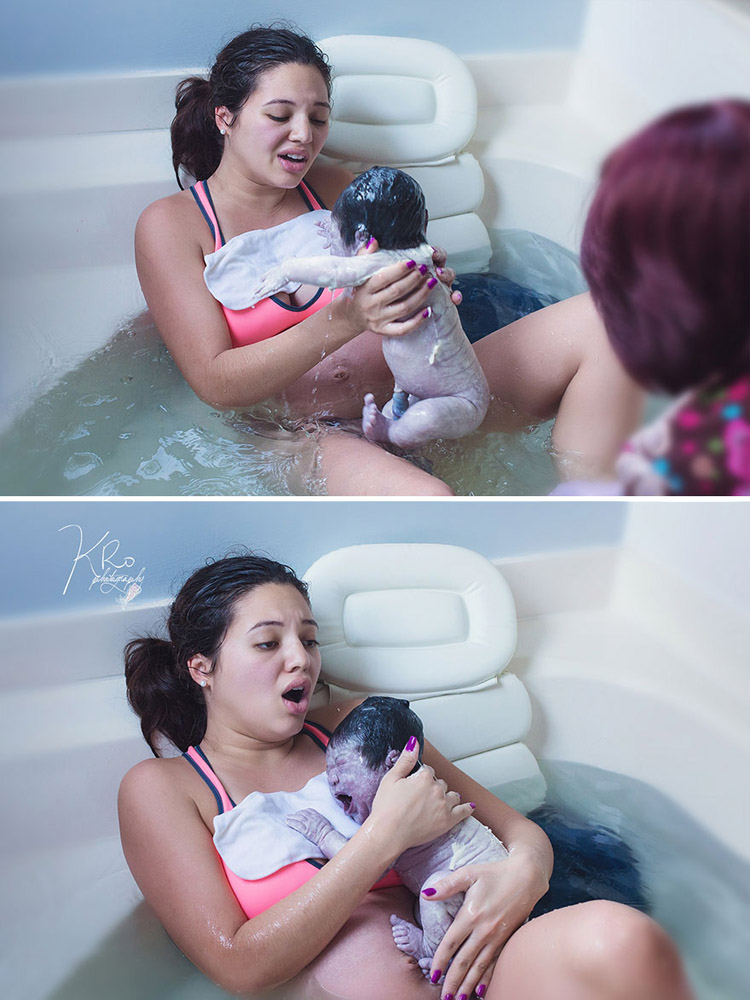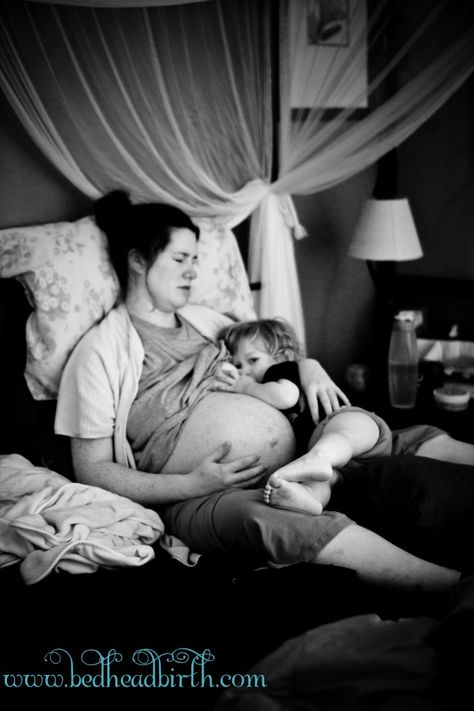What to expect from a baby
Your newborn’s first week: what to expect
About your newborn’s first week of life
Newborns spend their first week of life adapting to their new environment.
The outside world is very different from the womb, where it’s dim, the temperature is constant, and noise is muffled. You can help your baby get used to the outside world by giving them warmth, love, security, attention – and lots of cuddles and smiles.
Your newborn’s appearance in the first week of life
Your newborn’s appearance will change over the first week.
If your newborn’s head is a bit cone shaped after journeying through the birth canal or because of a vacuum-assisted birth, it should round out to a more normal-looking shape.
Any swelling around your newborn’s face and eyes will go down within a few days. If your newborn’s face or head has been bruised – for example, after a forceps birth – the bruising will disappear. Newborns with bruising are at risk of newborn jaundice. Let your midwife, GP or child and family health nurse know if the skin on your newborn’s face looks yellow and you think it might be jaundice.
Your newborn’s umbilical cord will gradually dry, become black and then fall off, usually within the first 10 days. Try to keep the umbilical cord clean and dry. If the area around the umbilical cord looks red or is sticky, let your midwife, GP or child and family health nurse know.
Your newborn might have one or more birthmarks, either at birth or later on. Birthmarks are common and usually don’t need medical attention. But if your newborn’s birthmark concerns you or if it changes, it’s a good idea to have it checked by your GP or child and family health nurse.
Feeding and sleeping in the first week of life
Your newborn will sleep most of the time, waking up every few hours to feed. Newborns can’t ‘sleep through the night’. They have tiny tummies, so they need to wake and feed often.
Most newborns feed every 2-4 hours, and they have around 8-12 feeds every 24 hours. Sometimes feeds might last up to an hour, especially if your newborn is breastfeeding.
Sometimes feeds might last up to an hour, especially if your newborn is breastfeeding.
Newborns usually wake for feeds. But some might need to be woken for feeding – for example, newborns who have lost a lot of weight, are very small, or are jaundiced.
It’s likely to be a while before you see a pattern or routine of feeding and sleeping.
In the first few weeks, looking after yourself is important. This means eating well and doing some physical activity, and also resting when your baby sleeps, which will help you catch up on sleep. Getting help from family and friends can make a big difference too.
Development in the first week of life
Your newborn is learning a lot as you spend time together every day. Their brain is growing and developing as they see, hear, smell and touch the world around them.
Your newborn will close their hands involuntarily in the grasp reflex and will startle at sudden loud noises. They’re also likely to have sudden jerky movements while asleep.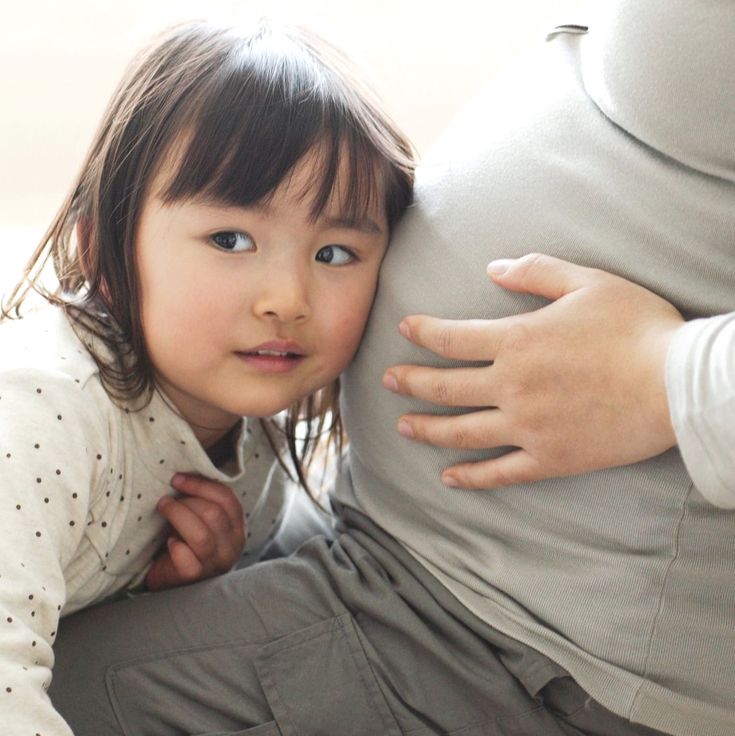
Bonding and communicating in the first week of life
You can communicate with your newborn using your voice, touch, sight and smell. Gentle touch, cuddling, smiling and gazing communicates important information about your newborn’s place in the world, and helps your newborn feel safe and secure with you.
During this first week, you’ll also start getting to know how your baby communicates with you using baby cues and body language.
Bonding and attachment are about always responding to your newborn’s needs with love, warmth and care. And bonding and attachment are vital to all areas of your child’s development, including brain development.
Common health concerns in the first week of life
Weight loss
It’s normal for newborns to lose weight during the first five days after birth. This happens as they lose excess fluid. This weight loss shouldn’t be more than 10% of their birth weight. Most newborns regain their birth weight after 1-2 weeks.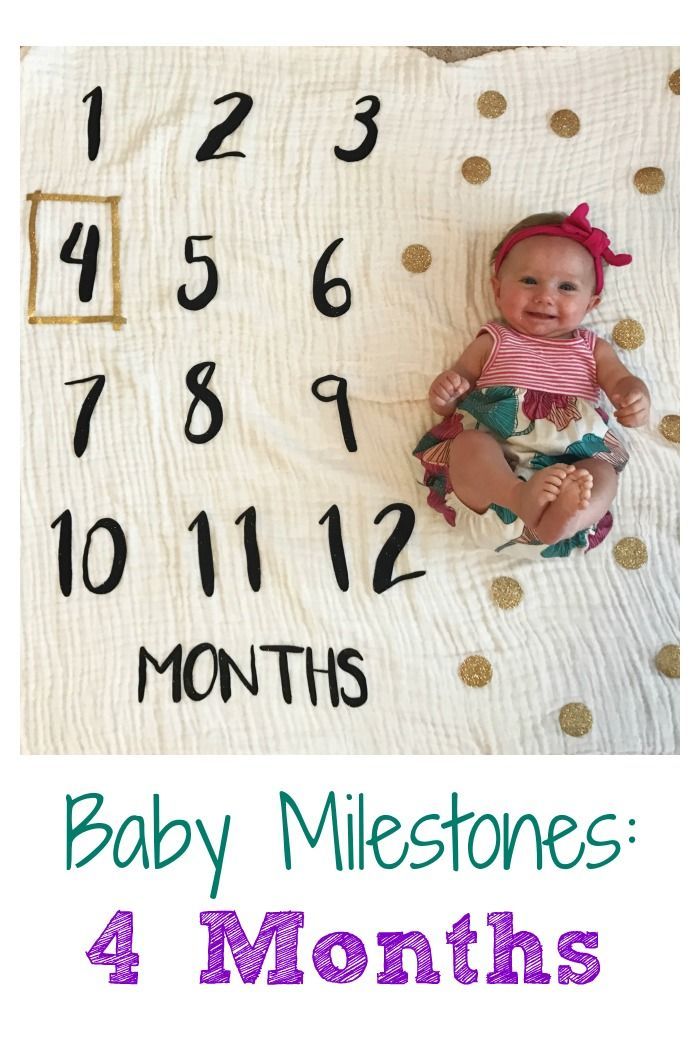 If your newborn has lost too much weight, they might have to be readmitted to hospital until they’re feeding well and gaining weight each day.
If your newborn has lost too much weight, they might have to be readmitted to hospital until they’re feeding well and gaining weight each day.
Sticky eye
It’s common for newborns to develop sticky or discharging eyes during the first few weeks of life. The most common cause is blocked tear ducts. This issue usually gets better by itself, but gentle eye cleansing and massage will also help. It’s best to have your GP or child and family health nurse check your newborn’s eyes if they’re red and sticky.
Rashes
Newborns can develop all sorts of rashes, which usually aren’t serious. But if your newborn has a rash, it’s best to have your GP or child and family health nurse check it out. Common rashes include cradle cap, nappy rash, heat rash , eczema, milia and dry skin.
When to seek medical help
If something doesn’t seem right and you’re worried about your newborn, seek medical help. Contact the midwives at the unit where your baby was born, your GP or your child and family health nurse.
Seek medical help as soon as possible if your newborn:
- isn’t feeding – for example, your newborn is taking half the normal volume or number of feeds in a 24-hour period or vomits more than half of three feeds in a row
- has fewer than 6-8 wet nappies per day
- seems irritable, lethargic or very tired all the time or is hard to wake for feeds
- has pale or yellow skin.
Crying in the first week of life
Newborns might cry because they:
- are hungry
- have a wet or dirty nappy
- feel too hot or too cold
- want you close for reassurance.
If your newborn is crying, you can try feeding, changing their nappy, cuddling or rocking, speaking or singing in a soothing voice, or giving them a warm relaxing bath.
And if your newborn is crying a lot, remember that it’s normal for newborns to cry. Comforting your newborn will help them feel safe and secure.
When to seek help for crying
If you think your newborn is crying too much or you’re having trouble coping, speak to your GP or child and family health nurse as soon as you can.
In particular, seek medical help if your newborn:
- has a high-pitched cry (like a cat’s)
- seems to have a weak cry or is moaning
- is crying for long periods of time.
Crying is a newborn’s main way of telling you what they need. You might like to print out our illustrated guide to settling a crying baby, and stick it up somewhere handy.
After the first week: baby health check-ups
Your nearest early childhood centre provides free check-ups for your baby, usually at two, four and eight weeks after birth.
When you go for your baby’s check-ups, it’s a good time to ask questions about anything, from rashes to vomiting to crying. You could write a list of questions before the check-ups so you don’t forget to ask the nurse anything you want to know.
A Guide for First-Time Parents (for Parents)
Life has changed now that your baby is here, and you might have lots of questions about what to do.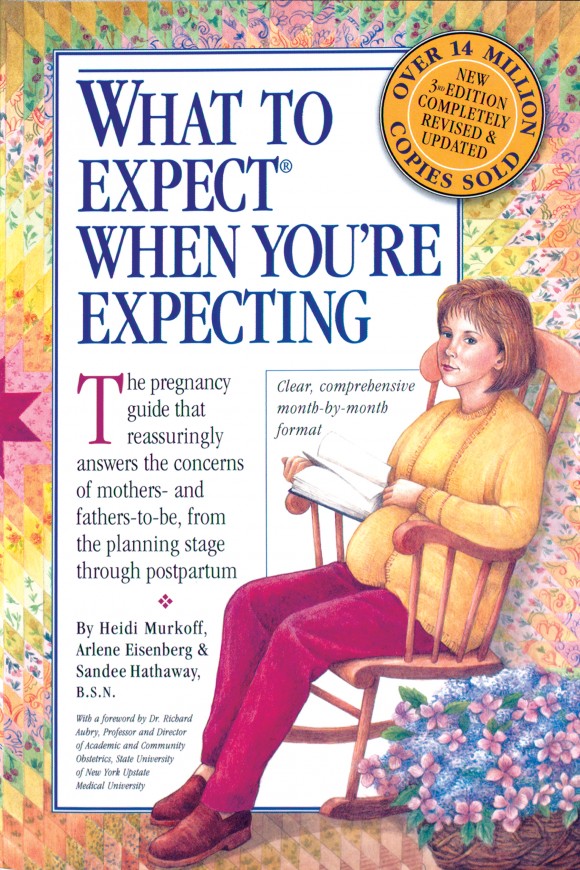 These tips can help nervous first-time parents feel confident about caring for a newborn in no time.
These tips can help nervous first-time parents feel confident about caring for a newborn in no time.
Getting Help After Your Baby Comes Home
An important part of caring for a newborn is to also take care of yourself. Consider getting help during this time, which can feel hectic and overwhelming.
Relatives and friends might want to help. Even if you disagree on some things, their own experiences might be helpful. It's reasonable for you to ask anyone handling or helping with your baby to be up to date on vaccines and only help if they are feeling well.
But if you don't feel up to having guests or have other concerns, don't feel guilty about limiting visitors.
Handling Your Newborn
If you haven't spent a lot of time around newborns, they may seem very fragile. Here are a few basics to remember:
- Wash your hands (or use a hand sanitizer) before handling your baby. Newborns don't have a strong immune system yet, so they're at risk for infections.
 Make sure that everyone who handles your baby has clean hands.
Make sure that everyone who handles your baby has clean hands. - Support your baby's head and neck. Cradle the head when carrying your baby and support their head when carrying the baby upright or when you lay your baby down.
- Never shake your newborn, whether in play or in frustration. Shaking can cause bleeding in the brain and even death. If you need to wake your infant, don't do it by shaking — instead, tickle your baby's feet or blow gently on a cheek.
- Make sure your baby is securely fastened into the carrier, stroller, or car seat. Limit any activity that could be too rough or bouncy.
- Remember that your newborn is not ready for rough play, such as being jiggled on the knee or thrown in the air.
Bonding With and Soothing Your Newborn
Bonding is one of the most enjoyable parts of infant care. It happens during the sensitive time in the first hours and days after birth when parents make a deep connection with their infant. Physical closeness can promote an emotional connection.
Physical closeness can promote an emotional connection.
For infants, the attachment contributes to their emotional growth, which also affects their development in other areas, such as physical growth. Another way to think of bonding is "falling in love" with your baby. Children thrive from having a parent or other adult in their life who loves them unconditionally.
Begin bonding by cradling your baby and gently stroking them in different patterns. You and your partner both can be "skin-to-skin" with your baby, holding your newborn against your own skin while feeding or cradling.
Babies, especially premature babies and those with medical problems, may respond to infant massage. Some types of massage may enhance bonding and help with infant growth and development. Many books and videos cover infant massage — ask your doctor for recommendations. Be careful, though — babies are not as strong as adults, so massage your baby gently.
Babies usually love vocal sounds, such as talking, babbling, singing, and cooing.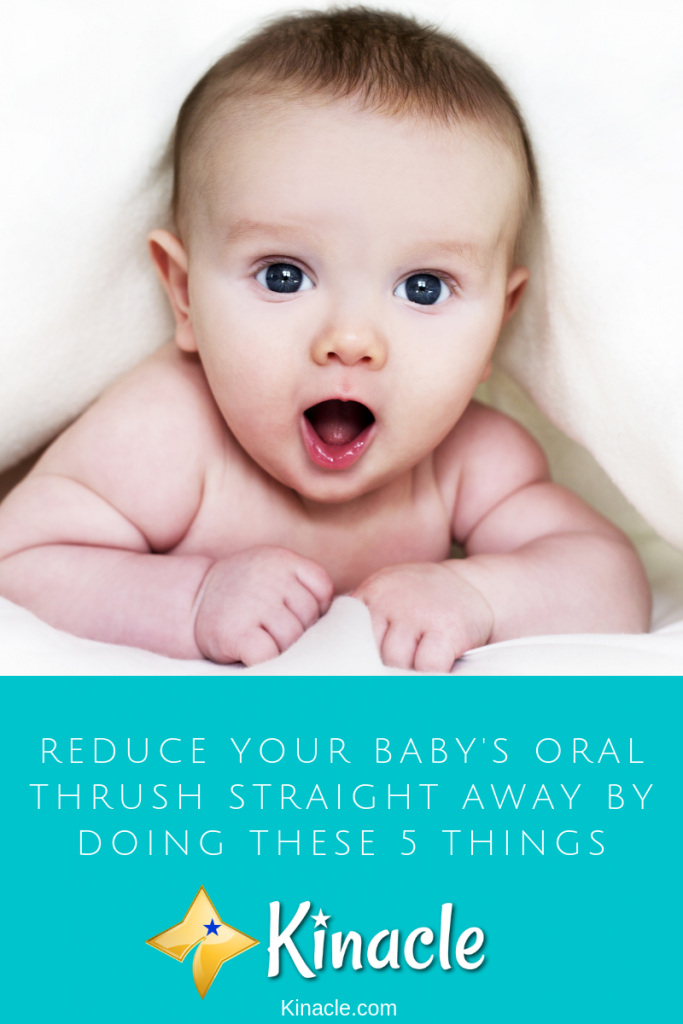 Your baby will probably love listening to music. Baby rattles and musical mobiles are other good ways to stimulate your infant's hearing. If your little one is being fussy, try singing, reciting poetry and nursery rhymes, or reading aloud as you sway or rock your baby gently in a chair.
Your baby will probably love listening to music. Baby rattles and musical mobiles are other good ways to stimulate your infant's hearing. If your little one is being fussy, try singing, reciting poetry and nursery rhymes, or reading aloud as you sway or rock your baby gently in a chair.
Some babies can be unusually sensitive to touch, light, or sound, and might startle and cry easily, sleep less than expected, or turn their faces away when someone speaks or sings to them. If that's the case with your baby, keep noise and light levels low to moderate.
Swaddling, which works well for some babies during their first few weeks, is another soothing technique to learn. Proper swaddling keeps a baby's arms close to their body while letting them move their legs a bit. Not only does swaddling keep a baby warm, but it seems to give most newborns a sense of security and comfort. Swaddling also may help limit the startle reflex, which can wake a baby.
Here's how to swaddle a baby:
- Spread out a baby blanket, with one corner folded over slightly.
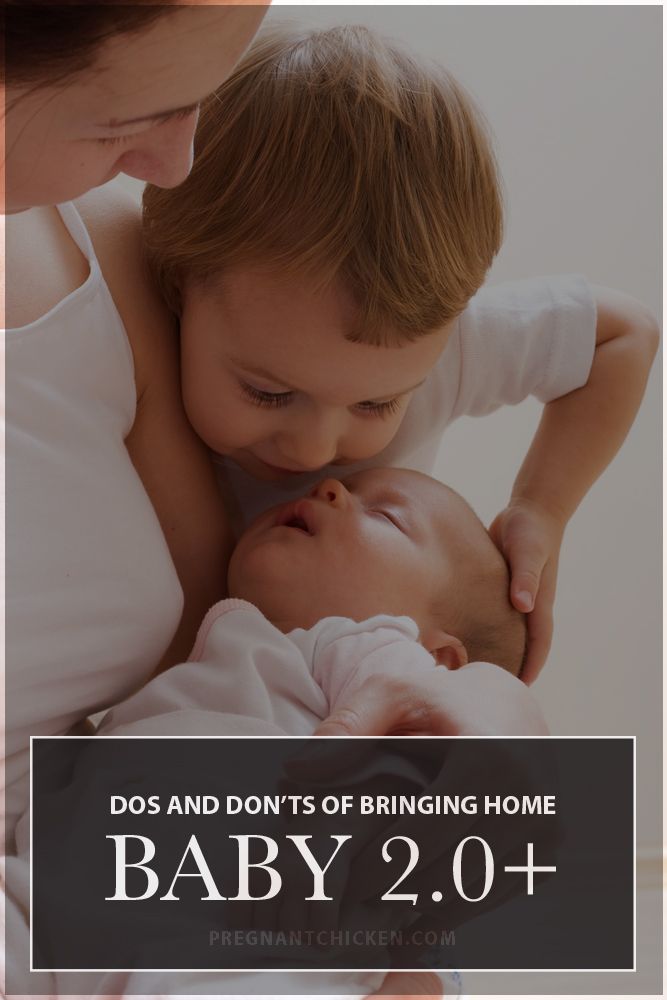
- Lay the baby face-up on the blanket with their head above the folded corner.
- Wrap the left corner over the baby's body and tuck it beneath the back of the baby, going under the right arm.
- Bring the bottom corner up over the baby's feet and pull it toward their head, folding the fabric down if it gets close to the face. Be sure not to wrap too tightly around the hips. Hips and knees should be slightly bent and turned out. Wrapping your baby too tightly may increase the chance of hip dysplasia.
- Wrap the right corner around the baby, and tuck it under the baby's back on the left side, leaving only the neck and head exposed. To make sure your baby is not wrapped too tight, make sure you can slip a hand between the blanket and your baby's chest, which will allow comfortable breathing. But make sure that the blanket is not so loose that it could come undone.
- Babies should not be swaddled after they show signs of starting to roll over. That’s usually when they're 2 months old.
 At this age, some babies can roll over while swaddled, which increases their risk of sudden infant death syndrome (SIDS).
At this age, some babies can roll over while swaddled, which increases their risk of sudden infant death syndrome (SIDS).
All About Diapering
Whether you use cloth or disposable diapers, your little one will dirty them about 10 times a day, or about 70 times a week.
Before diapering your baby, make sure you have all supplies within reach. You'll need:
- a clean diaper
- fasteners (if cloth diapers are used)
- diaper ointment
- diaper wipes (or a container of warm water and a clean washcloth or cotton balls)
After each bowel movement or if the diaper is wet, lay your baby on their back and remove the dirty diaper. Use the water, cotton balls, and washcloth or the wipes to gently wipe your baby's genital area clean. When removing a boy's diaper, do so carefully because exposure to the air can make him pee. When wiping a girl, wipe her bottom from front to back to avoid a urinary tract infection (UTI). To prevent or heal a rash, apply ointment.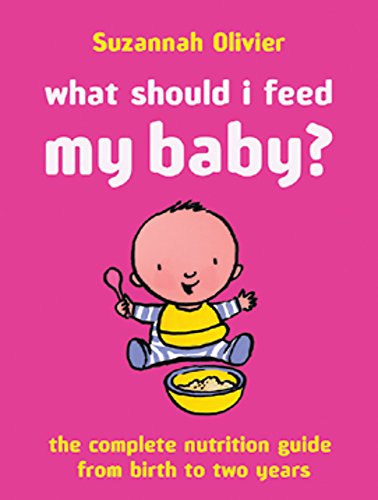 Always wash your hands after you change a diaper.
Always wash your hands after you change a diaper.
Diaper rash is a common concern. Typically the rash is red and bumpy and will go away in a few days with warm baths, some diaper cream, and a little time out of the diaper. Most rashes happen because the baby's skin is sensitive and becomes irritated by the wet or poopy diaper.
To prevent or heal diaper rash, try these tips:
- Change your baby's diaper often, and as soon as possible after bowel movements.
- Gently clean the area with mild soap and water (wipes sometimes can be irritating), dry the skin, then apply a very thick layer of diaper rash or “barrier” cream. Creams with zinc oxide are best because they form a barrier against moisture.
- If you use cloth diapers, wash them in dye- and fragrance-free detergents.
- Let your baby go undiapered for part of the day. This gives the skin a chance to air out.
If the diaper rash continues for more than 3 days or seems to be getting worse, call your doctor — it may be caused by a fungal infection that needs treatment with a prescription medicine.
Baby Bathing Basics
Give your baby only sponge baths until after:
- the umbilical cord falls off and the navel heals completely (1–4 weeks)
- the circumcision heals (1–2 weeks)
A bath two or three times a week in the first year is fine. More frequent bathing may be drying to the skin.
Have these items ready before bathing your baby:
- a soft, clean washcloth
- mild, unscented baby soap and shampoo
- a soft brush to stimulate the baby's scalp
- towels or blankets
- a clean diaper
- clean clothes
Sponge baths. For a sponge bath, select a safe, flat surface (such as a changing table, floor, or counter) in a warm room. Fill a sink, if nearby, or bowl with warm (not hot!) water. Undress your baby and wrap them in a towel. Wipe your infant's eyes with a washcloth (or a clean cotton ball) dampened with water only, starting with one eye and wiping from the inner corner to the outer corner. Use a clean corner of the washcloth or another cotton ball to wash the other eye. Clean your baby's nose and ears with the damp washcloth. Then wet the cloth again and, using a little soap, wash their face gently and pat it dry.
Use a clean corner of the washcloth or another cotton ball to wash the other eye. Clean your baby's nose and ears with the damp washcloth. Then wet the cloth again and, using a little soap, wash their face gently and pat it dry.
Next, using baby shampoo, create a lather and gently wash your baby's head and rinse. Using a wet cloth and soap, gently wash the rest of the baby, paying special attention to creases under the arms, behind the ears, around the neck, and in the genital area. Once you have washed those areas, make sure they are dry and then diaper and dress your baby.
Tub baths. When your baby is ready for tub baths, the first baths should be gentle and brief. If your baby gets upset, go back to sponge baths for a week or two, then try the bath again.
Besides the supplies listed above, add:
- an infant tub with 2 to 3 inches of warm — not hot! — water (to test the water temperature, feel the water with the inside of your elbow or wrist).
 An infant tub is a plastic tub that can fit in the bathtub; it's a better size for babies and makes bathing easier to manage.
An infant tub is a plastic tub that can fit in the bathtub; it's a better size for babies and makes bathing easier to manage.
In a warm room, undress your baby and then place them in the water right away to prevent chills. Make sure the water in the tub is no more than 2–3 inches deep, and that water is no longer running in the tub. Use one of your hands to support the head and the other hand to guide the baby in feet-first. Speaking gently, slowly lower your baby up to their chest into the tub.
Use a washcloth to wash your baby's face and hair. Gently massage your baby's scalp with the pads of your fingers or a soft baby hairbrush, including the area over the fontanelles (soft spots) on the top of the head. When you rinse the soap or shampoo from your baby's head, cup your hand across their forehead so the suds run toward the sides and soap doesn't get into your baby's eyes. Gently wash the rest of your baby's body with water and a small amount of soap.
Throughout the bath, regularly pour water gently over your baby's body so they don't get cold. After the bath, wrap your baby in a towel right away, making sure to cover their head. Baby towels with hoods are great for keeping a freshly washed baby warm.
After the bath, wrap your baby in a towel right away, making sure to cover their head. Baby towels with hoods are great for keeping a freshly washed baby warm.
While bathing your infant, never leave the baby alone. If you need to leave the bathroom, wrap the baby in a towel and take them with you.
Circumcision and Umbilical Cord Care
After a circumcision, the tip of the penis is usually covered with gauze coated with petroleum jelly to keep the wound from sticking to the diaper. Gently wipe the tip clean with warm water after a diaper change, then apply petroleum jelly to the tip so it doesn't stick to the diaper. Redness or irritation of the penis should heal within a few days. Call your baby's doctor right away, though, if the redness or swelling gets worse or if pus-filled blisters form, as these can be signs of an infection.
Umbilical cord care in newborns is also important. Clean around the stump with plain water and blot dry until the cord stump dries up and falls off, usually in 10 days to 3 weeks.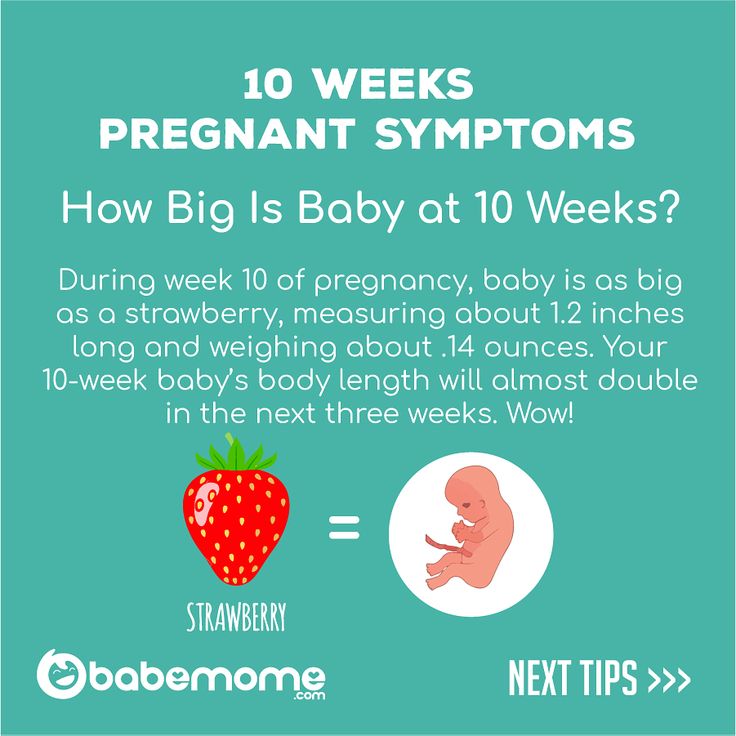
An infant's umbilical area shouldn't be submerged in water until the cord stump falls off and the area is healed. Until it falls off, the cord stump will change color from yellow to brown or black — this is normal. Call your doctor if the umbilical area looks red or if a bad odor or discharge develops.
Feeding and Burping Your Baby
Whether feeding your newborn by breast or a bottle, you may wonder how often to do so. Generally, it's recommended that babies be fed on demand — whenever they seem hungry. Your baby may cue you by crying, putting fingers in their mouth, or making sucking noises.
A newborn baby needs to be fed every 2–3 hours. If you breastfeed, give your baby the chance to nurse about 10–15 minutes at each breast. If you formula-feed, your baby probably will take about 2–3 ounces (60–90 milliliters) at each feeding.
Some newborns may need to be awakened every few hours to make sure they get enough to eat. Call your baby's doctor if you need to wake your newborn often or if your baby doesn't seem interested in eating or sucking.
If you're formula-feeding, you can easily see if your baby is getting enough to eat. But if you're breastfeeding, it can be a little trickier. If your baby seems satisfied, makes about six wet diapers and several poops a day, sleeps well, and is gaining weight regularly, then they're probably eating enough.
Another good way to tell if your baby is getting milk is to notice if your breasts feel full before feeding your baby and less full after feeding. Talk to your doctor if you have concerns about your child's growth or feeding schedule.
Babies often swallow air during feedings, which can make them fussy. To help prevent this, burp your baby often. Try burping your baby after every 2–3 ounces (60–90 milliliters) if you bottle-feed, and each time you switch breasts if you breastfeed.
If your baby tends to be gassy, has gastroesophageal reflux, or seems fussy during feeding, try burping your little one after every ounce during bottle-feeding or every 5 minutes during breastfeeding.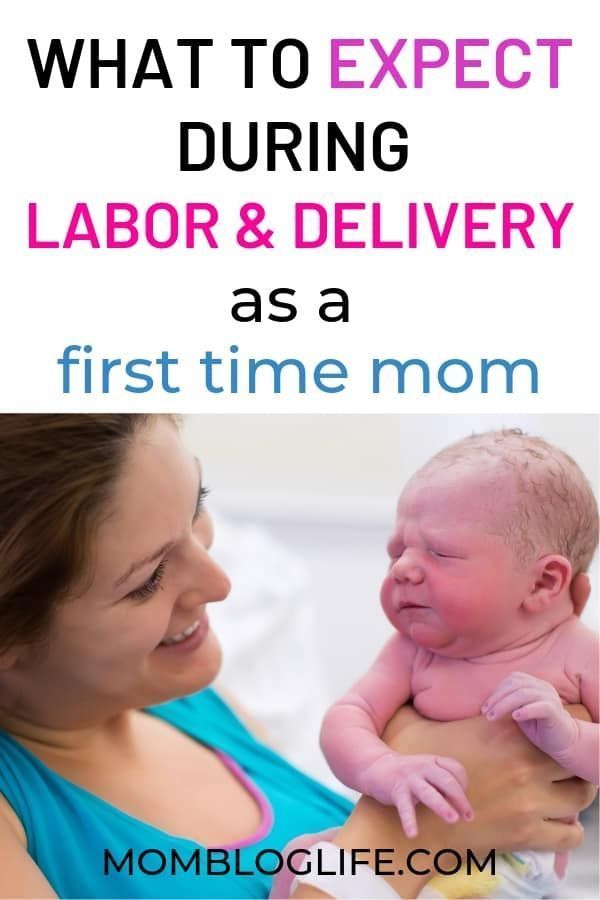
Try these burping tips:
- Hold your baby upright with their head on your shoulder. Support your baby's head and back while gently patting the back with your other hand.
- Sit your baby on your lap. Support your baby's chest and head with one hand by cradling your baby's chin in the palm of your hand and resting the heel of your hand on your baby's chest (be careful to grip your baby's chin — not throat). Use the other hand to gently pat your baby's back.
- Lay your baby face-down on your lap. Support your baby's head, making sure it's higher than their chest, and gently pat or rub your baby's back.
If your baby doesn't burp after a few minutes, change the baby's position and try burping for another few minutes before feeding again. Always burp your baby when feeding time is over, then keep your little one in an upright position for at least 10–15 minutes to help prevent them from spitting up.
Newborn Sleeping Basics
As a new parent, you may be surprised to learn that your newborn, who seems to need you every minute of the day, actually sleeps about 16 hours or more!
Newborns typically sleep for periods of 2–4 hours. Don't expect yours to sleep through the night — the digestive system of babies is so small that they need nourishment every few hours and should be awakened if they haven't been fed for 4 hours (or more often if your doctor is concerned about weight gain).
Don't expect yours to sleep through the night — the digestive system of babies is so small that they need nourishment every few hours and should be awakened if they haven't been fed for 4 hours (or more often if your doctor is concerned about weight gain).
When can you expect your baby to sleep through the night? Many babies sleep through the night (between 6–8 hours) at 3 months of age, but if yours doesn't, it's not a cause for concern. Like adults, babies must develop their own sleep patterns and cycles. So if your newborn is gaining weight and appears healthy, don't despair if they're not sleeping through the night at 3 months.
It's important to always place babies on their backs to sleep to reduce the risk of SIDS. Other safe sleeping practices include:
- not using blankets, quilts, sheepskins, stuffed animals, and pillows in the crib or bassinet (these can suffocate a baby)
- parents sharing a bedroom (but not a bed) with the baby for the first 6 months to 1 year
Also be sure to change the position of your baby's head from night to night (first right, then left, and so on) to prevent the development of a flat spot on one side of the head.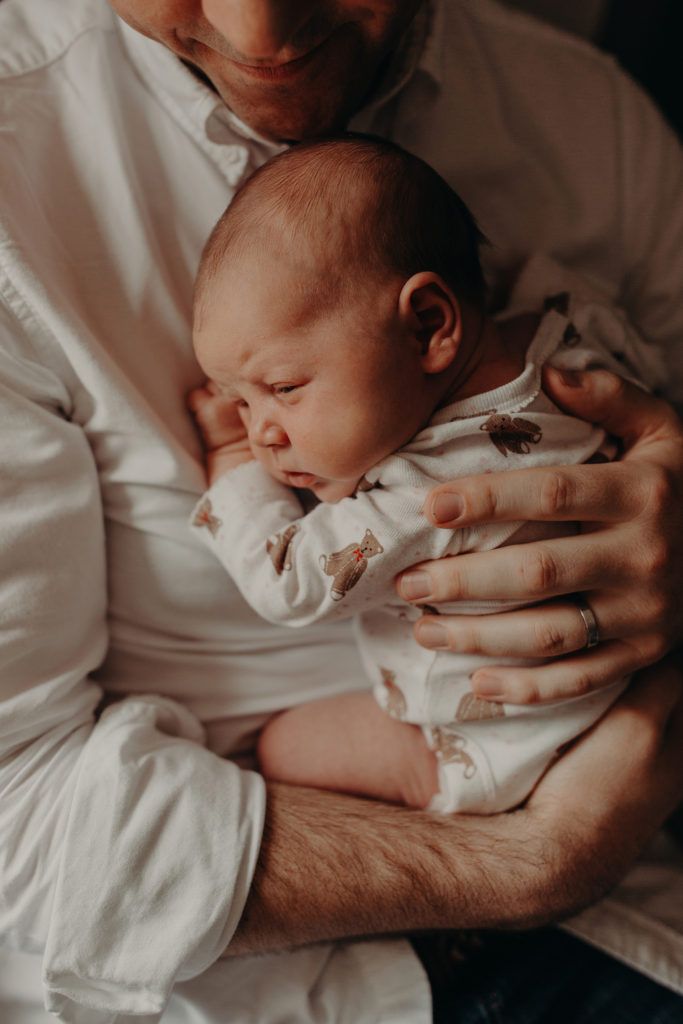
Many newborns have their days and nights "mixed up." They tend to be more awake and alert at night, and sleepier during the day. One way to help them is to keep stimulation at night to a minimum. Keep the lights low, such as by using a nightlight. Save talking and playing with your baby for the daytime. When your baby wakes up during the day, try to keep them awake a little longer by talking and playing.
Even if you feel a little nervous about handling a newborn, in a few weeks you'll have a routine and be parenting like a pro! If you have questions or concerns, talk to your doctor. They can recommend resources that can help you and your baby grow together.
What does the development of a child depend on?
“All like my father! At least educate, at least not, ”mothers say in their hearts in response to the next somersaults of their sons. “All went to the mother,” the fathers of their daughters echo them. But do genes play such a big role in shaping the character of a child? Or does it all depend on upbringing? Galina Filippova, professor and founder of the national psychology of motherhood, will help you figure out what the development of a child depends on.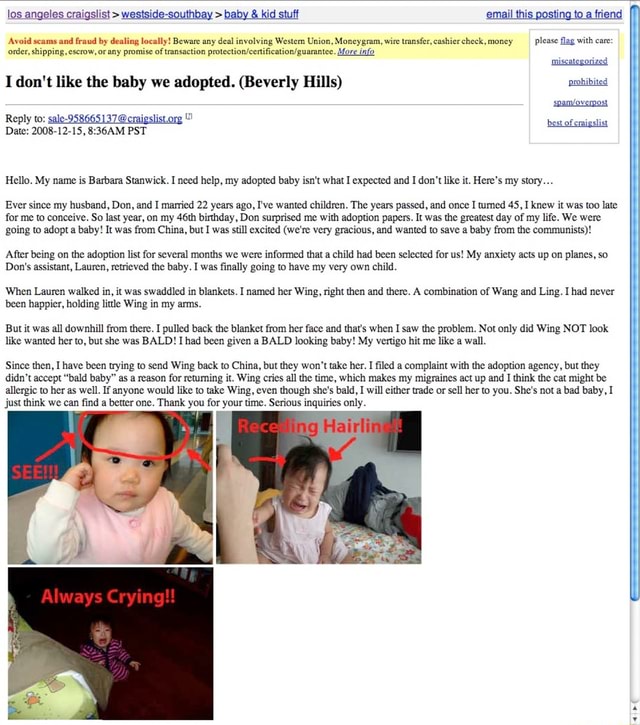
Website editor
Tags:
Children
Psychology
Motherhood
Child development
upbringing
Fotobank / Getty Images
First, let's take it as an axiom that all children are different. And this difference depends on the innate properties of the nervous system: how quickly nerve cells increase or decrease activity, how long they can be in a state of tension, how quickly they switch between different processes. We are accustomed to call a set of these properties "temperament". It cannot be influenced, it is biologically determined and depends on nutrition, stress, disease and genetic predisposition. By the way, about genetics. Representatives of this science often state that the behavior and personality of people are almost 80% dependent on hereditary predisposition and this cannot be corrected by upbringing.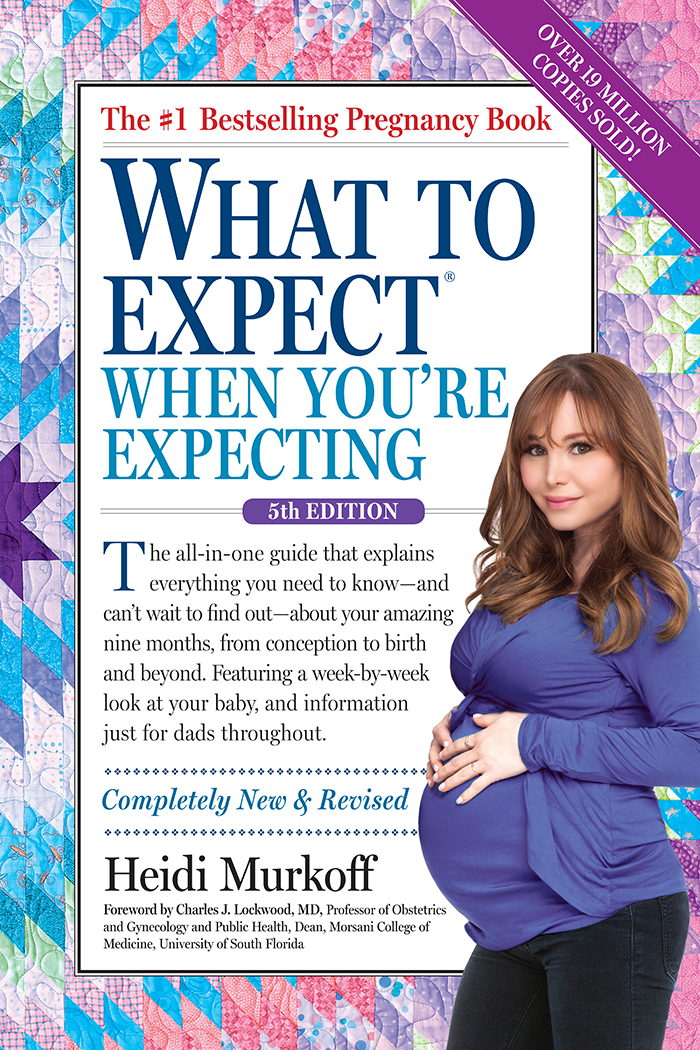 Well, one can argue endlessly what influences the development of a child more: genes or the immediate environment. But all discussions on this topic come down to one simple thought: you need to take into account what is given by nature and develop what is possible. That is, if the kid is calm and melancholic, likes to quietly assemble the designer, you should not push him into the theater studio and mold him into an eccentric extrovert with all his might. nine0003
Well, one can argue endlessly what influences the development of a child more: genes or the immediate environment. But all discussions on this topic come down to one simple thought: you need to take into account what is given by nature and develop what is possible. That is, if the kid is calm and melancholic, likes to quietly assemble the designer, you should not push him into the theater studio and mold him into an eccentric extrovert with all his might. nine0003
What then can be brought up? Habits, behavior, attitude towards other people and towards oneself. The ability to understand, regulate and express your emotions, set goals and achieve results. Only now it is desirable to realize their pedagogical talents before the child turns 7 years old. Because around this age, all brain systems will be formed in him. And in the future, adults will only be able to influence the values and attitudes of a growing person. Therefore, we suggest that you donate smart books to the library and pay more attention to the baby - after all, he himself will show how he develops.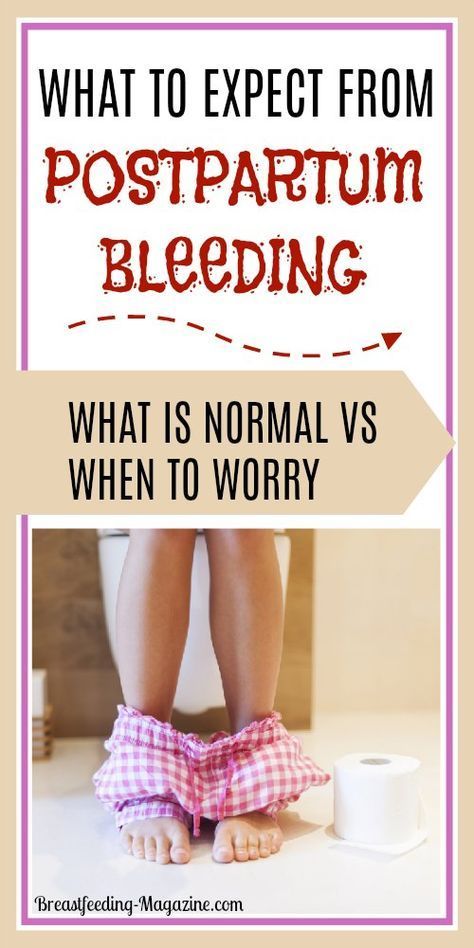 And we will tell you exactly what and how you can educate. nine0003
And we will tell you exactly what and how you can educate. nine0003
The logic of the child's development
From birth, the baby develops rapidly according to the biological program: physically and mentally. Until the age of three, this program is quite specific, and parents must help the child to pass it. This, in fact, is education at this stage.
Physical development. Children learn to move. Up to six months - to crawl, up to about a year and a half - to walk, by the age of two they master all types of movement. They deftly hold onto the walls of the crib with their hands - of course, in order to get out of it. At first they just grab toys, and by the age of three they learn more precise movements - for example, to hold a fork and a spoon in their hands. After four years, they begin to experiment with pleasure - dance rap and lambada, run, jump, stand on their heads and perform other acrobatic etudes.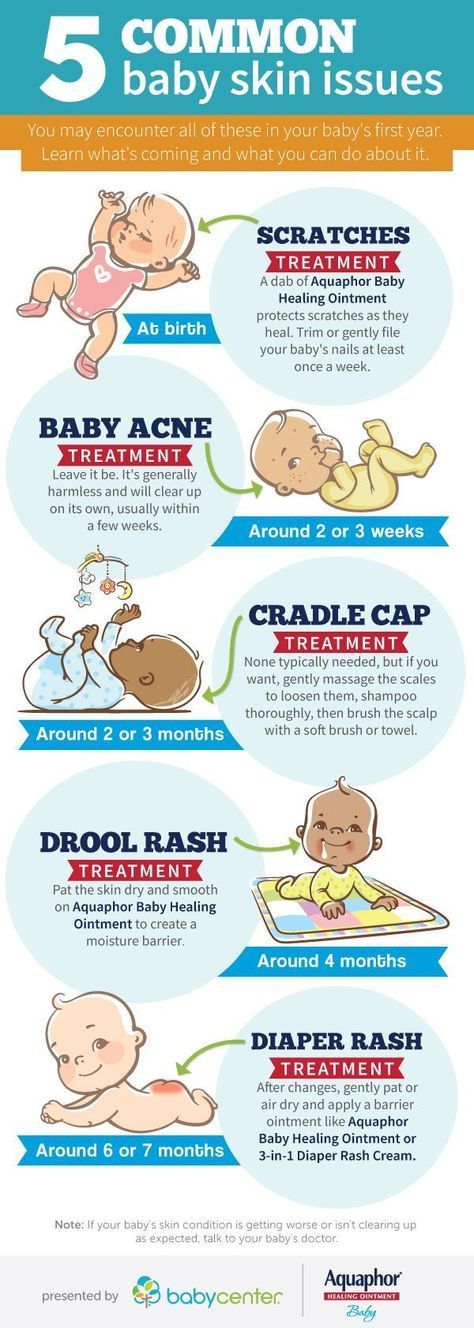 So the kids master the coordination of complex movements. By the way, that is why it is recommended to send children to dance and sports sections closer to five years. Until then, they still won't be able to do any special exercises. nine0003
So the kids master the coordination of complex movements. By the way, that is why it is recommended to send children to dance and sports sections closer to five years. Until then, they still won't be able to do any special exercises. nine0003
Intellectual development. Intellect and thinking are developing at a frantic pace. First of all, memory. Its volume in infants is grandiose! Still, there are so many things to keep in mind: what mom, dad, the room, toys and all the objects that surround the house look like. Children are great at remembering numbers and letters. It may seem to parents that the child has learned to read or count, but this is not so. The kid just memorized combinations of sounds and pictures. In general, there is no need to rush the child and teach him to read and write. Until the age of three, a small person first of all learns to move himself and evaluate objects and their properties: a plastic cube is square and light, a metal ball is round, smooth and cold.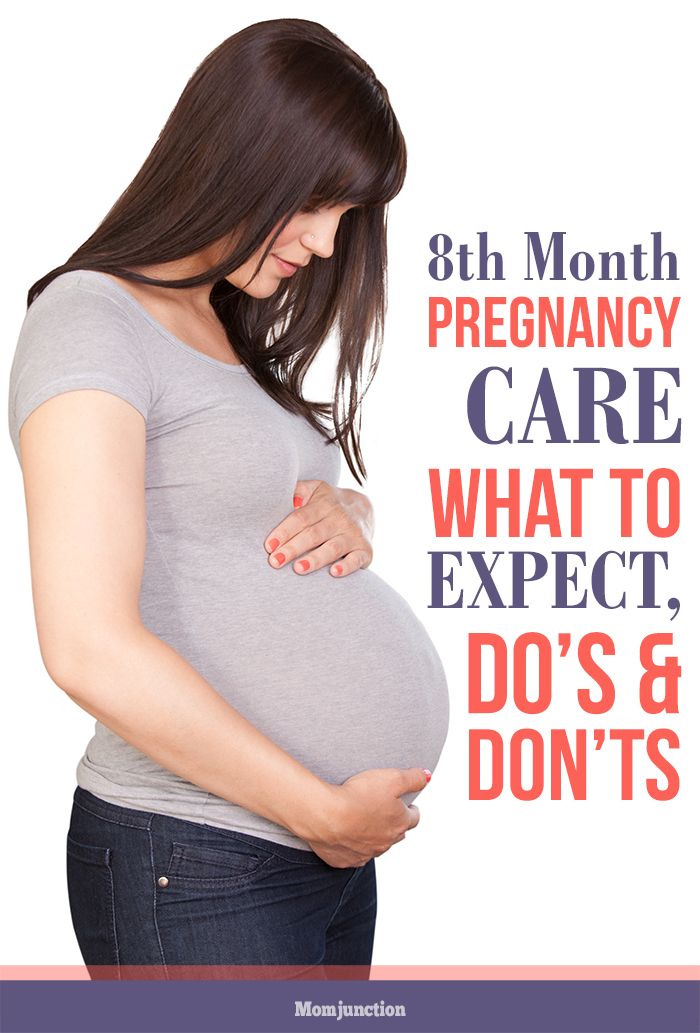 The ball can be rolled, the cubes can be stacked on top of each other. Already a fairy tale! nine0003
The ball can be rolled, the cubes can be stacked on top of each other. Already a fairy tale! nine0003
To learn how to read and count, a child must understand what symbols are. The ability to perceive metaphors occurs after three years, closer to 4-5. This moment is easy to track by watching how the baby plays. When an element of fantasy appears in games, this is a sure sign. If an ordinary stick has become a saber or a police baton, hooray, it's time to show the letters.
The role of parents. The main task during this period is simply to observe the child, understand what he wants, and help him achieve these goals. Mom, dad, grandmother or aunt, that is, any adult who is often nearby, can support the baby. This does not mean that you have to constantly monitor every movement of a small researcher. It is necessary to help him solve the evolutionary tasks of development. For example, until the child has learned to walk, the mother becomes his main means of transportation: she picks up and shows everything that interests him.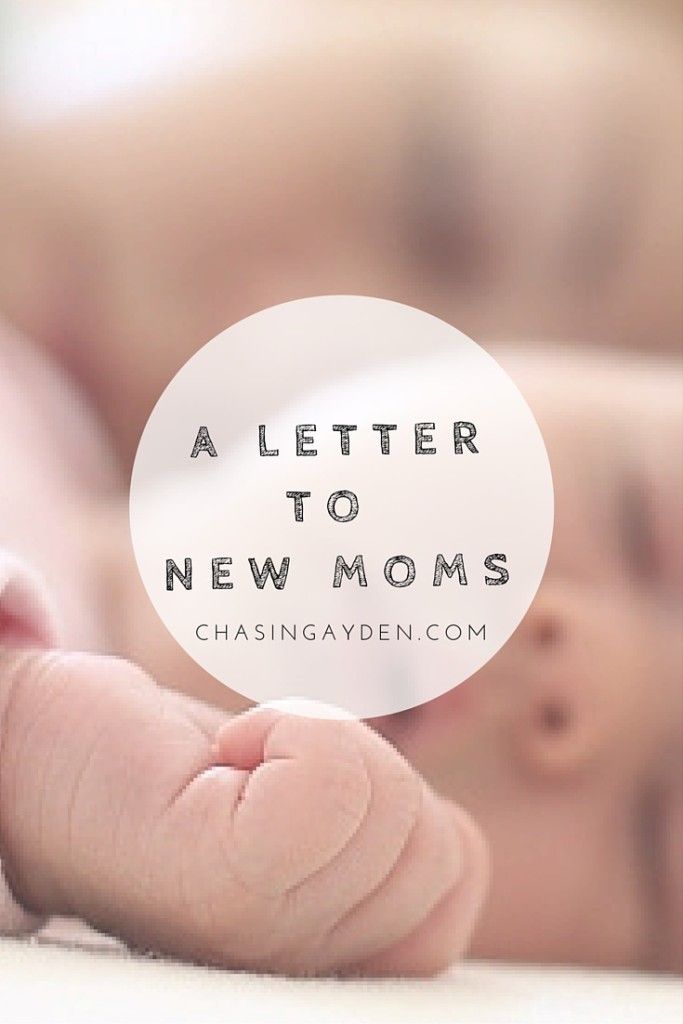 The kid wants to touch the violets on the windowsill - dad allows it. He does not understand how to assemble the pyramid, - the grandmother explains. nine0003
The kid wants to touch the violets on the windowsill - dad allows it. He does not understand how to assemble the pyramid, - the grandmother explains. nine0003
And as our children get older, they face new challenges. For example, 6-year-old preschoolers still do not know how to set goals and achieve them, observe a daily routine, and manage their emotions. All this is done by parents: for them and together with them. And they teach the most important things that will come in handy in life. For example, like this...
Perseverance
This quality means that a child can do something from start to finish: whether it's coloring a picture or building a house out of blocks. Only here is the problem: children under 3 years old do not know how to set goals at all, and up to 7 years old - only very short-term goals. Because they live here and now. And, apparently, that is why they are the happiest creatures in the world.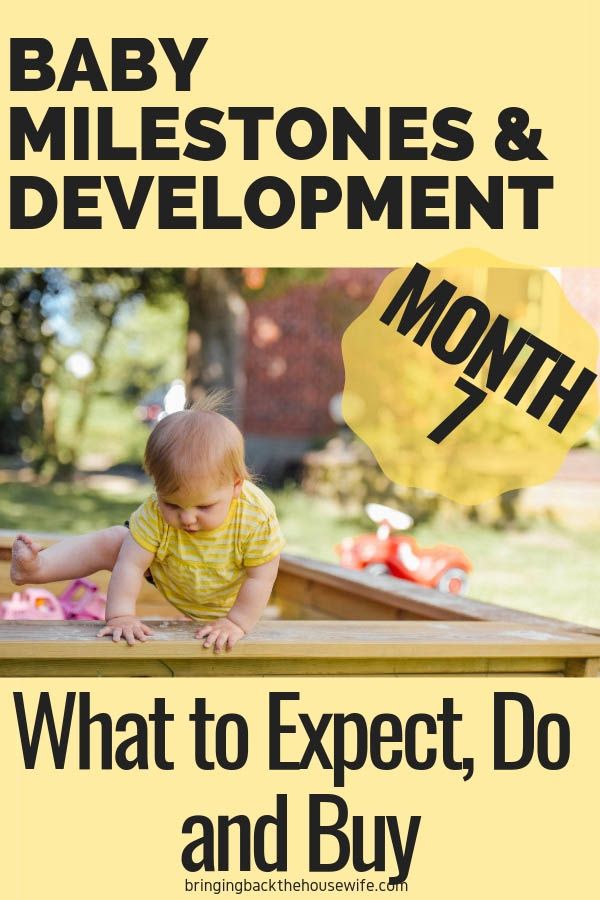 nine0003
nine0003
How to educate. Use children's interest in the process. Guess what a child can do endlessly? Of course, play. It is through games that preschool children learn the world. So if you manage to turn any business into entertainment, the child himself will not notice how he does everything. Agree, it is strange to expect zeal from a kid in something that he is not at all interested in. It comes much later!
Mindfulness
Attention as a mental process is the ability to focus on one thing for a long time: look at toys, listen to a lullaby performed by grandmother, look at and compare pictures to find ten differences, and later - the ability to read, understand the task in the tutorial and run it. nine0003
How to educate. Very easy. You just need to offer the child no more than one goal at a time. Hanging mobiles and garlands around the crib, laying out a bunch of toys, we only scatter his attention. Show the baby no more than three simple objects, and they should differ in at most two features: color, shape. The child will look at them and compare them even more willingly if something happens to these objects. First, turn them in your hands yourself, then let your child touch and gnaw. Again, you need to arouse curiosity - to show what you can do with this wonderful thing. And later interest will come to replace it - it will further strengthen attention. nine0003
Love of reading
Modern parents dream of raising children who would read books, not play toys on the tablet. So they begin to teach the alphabet to three-year-olds. And they make a mistake. Yes, the child will remember the letters. And yes, even an illiterate adult can be taught to read and write in a week. But an adult understands that there is a meaning behind the symbol. In children, this understanding is formed along with the development of thinking, after four years, as we wrote above. Therefore, it is necessary not to teach to read, but to instill a love of reading. nine0003
How to educate. Very young children are generally interested in having an adult read aloud to them. This means that mom or dad is nearby, paying attention. Closer to two years, when memory develops, the child finds a new interest: to memorize favorite fairy tales. It torments parents, makes them read the same thing dozens of times. He will immediately notice and will certainly correct if they paraphrase at least something (they said “crystal slipper”, not “crystal slipper”). No need to suggest new books - learn by heart the stories that the baby likes. nine0003
And only closer to the age of three does the young literary critic become interested in the content of the book. What are the heroes? What are they doing? Why do they do it this way or that way? This is where the imagination comes in: the child loves it when parents compose additional stories about characters, buy toys, find books with a sequel. Closer to school, you can read in the evenings with the whole family - in turn, one chapter at a time, books that will be of interest to everyone: "Chuk and Gek" and "Deniska's stories", for example.
And of course, over time, the child will become interested in the books of his parents. Therefore, it is good if adults in your family also like to read. And not only social media feeds...
Diligence
Concentrated doing something not very interesting, as you already understood, is difficult for children. But there is good news: the love of work arises by itself, at the age of 3-4 years. And, unfortunately, many adults do not notice this, do not help the child develop it. Don't repeat their mistakes. Try to pay attention when your son or daughter is happy to get involved in any household chores: sweeping, washing dishes, dusting. They do this in order to be near and spend time with you, but they have the illusion that they are helping. That's what you need to support! nine0003
How to educate. Don't say: "Go play while I wash the dishes," but invite the little moydodyr to participate. He will learn to hold a plate, foam a sponge. Yes, the dishes will have to be washed for an hour. But all this time you are working with a child, and you don’t have to rack your brains about what educational games to take a bored child. Because in the process of washing dishes, the most important thing develops - the ability to do different work with your hands.
And even talent!
Talent is a combination of abilities, interest and ability to work. Of course, abilities are largely biologically determined: they depend on how the sense organs have developed - hearing, vision, sensations. But interest and the ability to work are components of talent that can and should be developed. nine0003
How to educate. Just be attentive to what the child does well and what he likes. And, of course, help him set short-term goals in order to maintain interest in regular classes. After all, even the brightest abilities can remain unclaimed if they are not seen and flavored with a generous portion of diligence.
Of course, parents also want their children to be obedient. Well, with the right upbringing, they will. And obedient in a good way: not those who blindly follow commands, but those who are understood. It is important to see what the child is ready and not ready for and not to demand the impossible. When mom and dad are attentive to their child, they themselves become the best educators in the world. nine0003
A child from 6 to 7 months, what to do with him
At the age of six months, new features in the behavior of the child appear. He begins to react differently to familiar and unfamiliar people. Seeing strangers or relatives who rarely visit, the baby is alert and looks at them with apprehension. He stops smiling, and at the attempts of a stranger to pick him up, he can get upset and cry. But after a while, when the child gets used to the presence of strangers, he will look at them kindly and can take a toy from the hands of the guests. This behavior is due to the fact that the child does not know what to expect from strangers, because he does not have experience with them. nine0003
Motor skills improve at this age. Many children try to move forward on their stomach, sit steadily, hold the toy with both hands.
The child begins to pick up small objects from the floor, as he “controls” his fingers better.
The baby recognizes familiar objects, carefully examines them and tries to make a sound (shakes the rattle, listens and shakes it again). Children like rustling paper (foil, wrapping paper). Remember that babies at this age put things in their mouths, so keep an eye on your child when they play with paper. nine0003
A six-month-old baby loves to communicate with adults and actively shows his desire. The baby's babbling becomes much more expressive and can mean a request or a question.
When feeding, put your baby in a high chair and place biscuit pieces or a dryer on the table. The child will take pieces of food and put them in his mouth. Thus, it improves finger movements and hand coordination.
Prepare the jelly and place it on the table in front of the child. He will try to pick up slippery bits of jelly and put them in his mouth. nine0003
Observe your child's reaction to different smells. Make several balls of gauze or bandage, put a clove of garlic in one of them, a piece of onion in the other, a clove in the third, moisten the fourth with cologne. Bring them alternately to the baby's nose on one side, and then on the other, and see how he reacts to smells. By the child's facial expressions, active movements of the legs or turning the head in the opposite direction, you can determine which smells are unpleasant for him.
Teach your baby to clap. Take the child’s hands and clap them together while singing the song “Okay, okay, where have you been? By Grandma...".
Teach your child to raise their hands up and put them on their head, while you can read a rhyme about birds. Saying the words "the birds flew, sat on the head ..." take the baby's hands, lift them up and touch the head.
Encourage your child to explore and make a decision by offering toys or doing things with them. When the baby is holding toys in both hands, offer him a third toy. First, the child will try to take the offered toy without letting go of the ones he is holding. But over time, the baby will understand: in order to take this toy, you need to free your hands. nine0003
Take a toy from your child and cover it halfway with a diaper or handkerchief. First, the baby will take the toy by the visible edge, and then learn to pull the scarf off the toy.
Invite your child to play with sounds. Do not forget that educational toys for children of this age are almost all surrounding objects. Fill several metal jars with cereals or small toys. Shake each jar in turn so that the baby can see how you do it. After a while, he will shake the jars himself to extract the sound. nine0003
Take some plastic or metal molds and show your child how to hit them together. Then do it together.
Show your baby the bye-bye gesture. When someone leaves the house, wave your hand and say "bye bye". Very soon, the baby will begin to wave goodbye.
Repeat after the child the sounds you hear in his babbling. Change your intonation and facial expression when making sounds. Looking at the expression on your face, the baby will be happy or surprised and, perhaps, will begin to repeat new sounds after you. nine0003
Talk to your child in simple phrases and in an expressive voice. When you dress, bathe, or feed your baby, always verbalize what you are doing.




